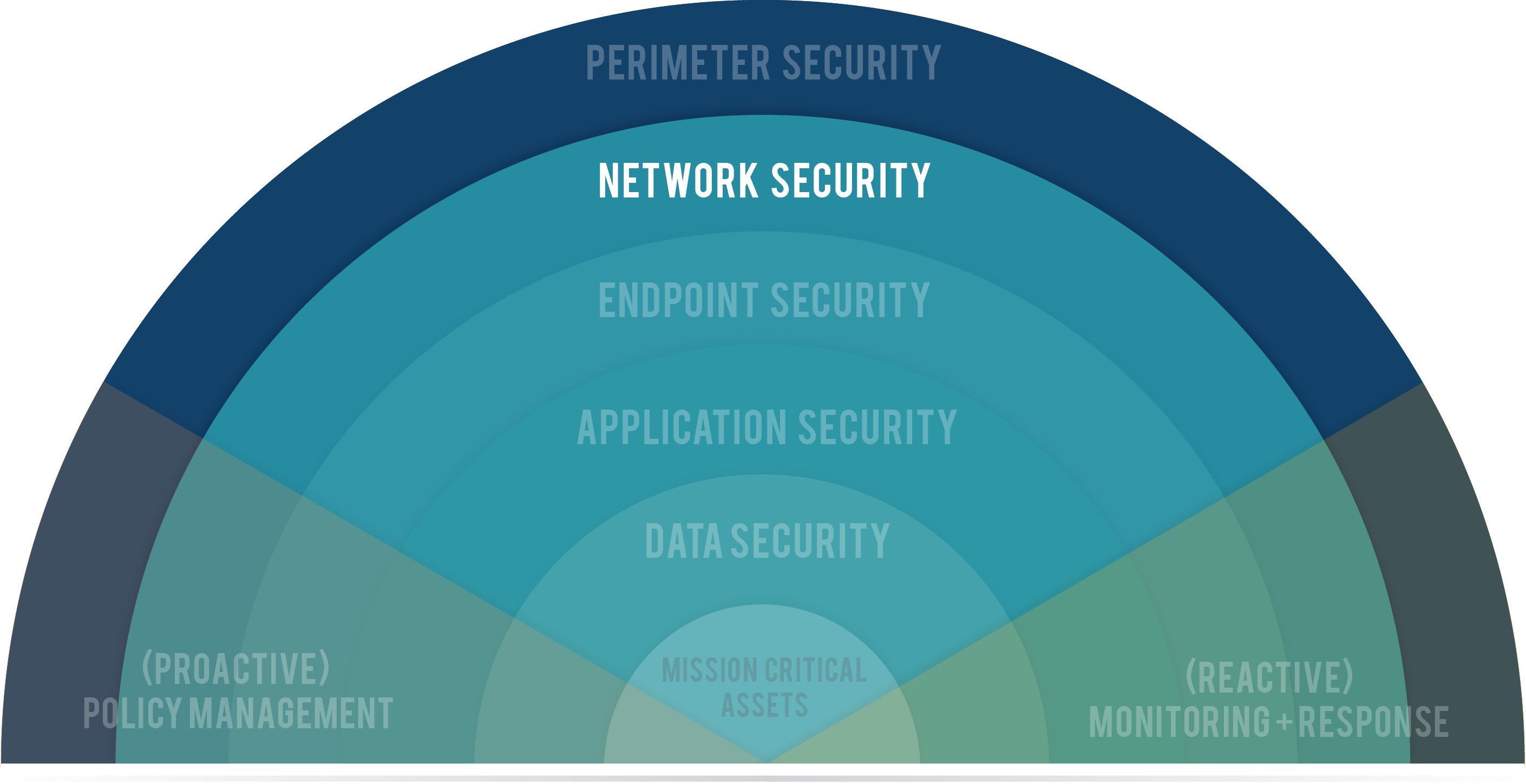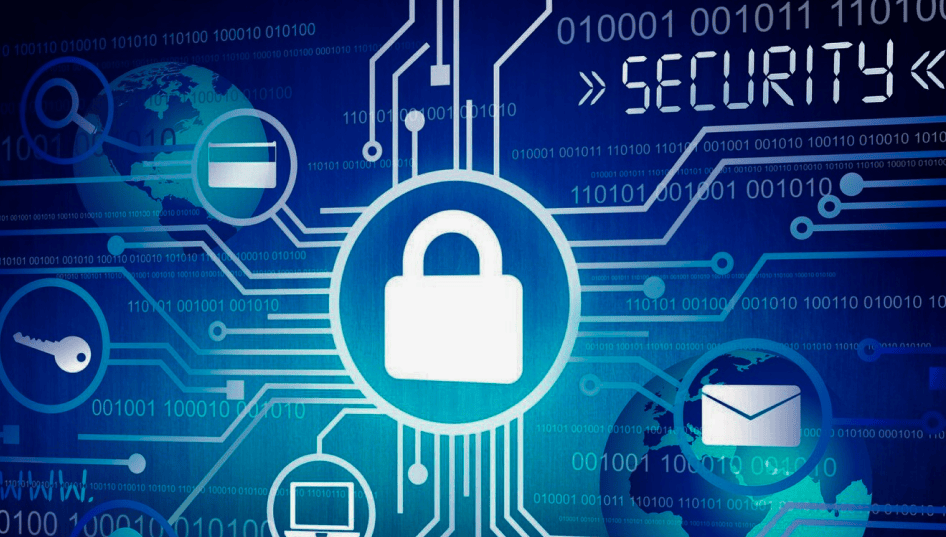Ensure the Safety of Your Network with Robust Data and Network Security Measures
Exactly How Data and Network Security Safeguards Against Arising Cyber Dangers
In an era noted by the fast development of cyber hazards, the value of data and network security has never been much more pronounced. As these risks end up being more intricate, recognizing the interaction in between information safety and security and network defenses is crucial for mitigating dangers.
Recognizing Cyber Hazards

The ever-evolving nature of modern technology constantly introduces new susceptabilities, making it crucial for stakeholders to remain cautious. Individuals might unknowingly drop victim to social design strategies, where assaulters manipulate them into disclosing delicate information. Organizations face special obstacles, as cybercriminals commonly target them to manipulate important information or interfere with operations.
Additionally, the surge of the Internet of Things (IoT) has actually increased the attack surface, as interconnected gadgets can act as entrance factors for opponents. Acknowledging the significance of durable cybersecurity techniques is critical for alleviating these risks. By promoting a comprehensive understanding of cyber hazards, individuals and companies can execute reliable strategies to protect their digital properties, ensuring durability despite an increasingly complicated hazard landscape.
Secret Elements of Data Security
Making sure information safety and security needs a complex technique that includes numerous vital parts. One fundamental element is information encryption, which transforms delicate details into an unreadable style, obtainable only to licensed users with the suitable decryption keys. This functions as a critical line of protection versus unauthorized accessibility.
One more important part is access control, which controls who can view or control data. By carrying out strict customer authentication protocols and role-based accessibility controls, companies can decrease the danger of expert threats and information breaches.

In addition, information concealing methods can be utilized to secure sensitive info while still enabling its use in non-production settings, such as screening and advancement. fft perimeter intrusion solutions.
Network Safety And Security Techniques
Executing robust network security approaches is crucial for securing an organization's digital infrastructure. These approaches include a multi-layered method that includes both software and hardware services designed to shield the stability, confidentiality, and schedule of data.
One crucial part of network safety and security is the deployment of firewall programs, which act as an obstacle between relied on interior networks and untrusted external networks. Firewall programs can be hardware-based, software-based, or a combination of both, and they aid filter inbound and outgoing web traffic based on predefined safety and security rules.
In addition, invasion detection and avoidance systems (IDPS) play an essential function in keeping an eye on network traffic for suspicious activities. These systems can signal administrators to potential violations and act to alleviate risks in real-time. Frequently patching and updating software program is likewise essential, as vulnerabilities can be exploited by cybercriminals.
Moreover, implementing Virtual Private look what i found Networks (VPNs) makes certain safe and secure remote gain access to, securing data sent over public networks. Segmenting networks can reduce the assault surface area and have potential breaches, limiting their effect on the total infrastructure. By try this out embracing these approaches, organizations can efficiently strengthen their networks versus emerging cyber dangers.
Ideal Practices for Organizations
Developing best practices for companies is critical in keeping a strong protection position. An extensive method to data and network safety starts with routine threat evaluations to recognize vulnerabilities and prospective hazards. Organizations needs to apply durable gain access to controls, making sure that only licensed personnel can access delicate information and systems. Multi-factor authentication (MFA) ought to be a conventional demand to improve security layers.
Additionally, continual worker training and awareness programs are crucial. Workers should be enlightened on acknowledging phishing attempts, social design strategies, and the significance of adhering to protection protocols. Regular updates and spot management for software program and systems are likewise vital to shield versus understood susceptabilities.
Organizations have to create and evaluate event response intends to guarantee preparedness for prospective breaches. This consists of establishing clear communication channels and duties during a safety incident. Data security should be utilized both at rest and in transit to guard sensitive info.
Lastly, carrying out routine audits and compliance checks will certainly help make certain adherence to well-known policies and relevant policies - fft perimeter intrusion solutions. By adhering to these best methods, organizations can dramatically improve their strength against emerging cyber hazards and safeguard their essential assets
Future Trends in Cybersecurity
As organizations navigate an increasingly complex digital landscape, the future of cybersecurity is positioned to develop dramatically, driven by emerging modern technologies and moving danger standards. One noticeable trend is the combination of expert system (AI) and artificial intelligence (ML) into safety structures, enabling real-time threat detection and action automation. These modern technologies can examine vast quantities of data to identify abnormalities and possible violations a lot more successfully than typical techniques.
An additional vital trend is the increase of zero-trust design, which needs continuous confirmation of user identities and gadget protection, regardless of their place. This technique lessens the risk of insider threats and boosts defense official statement against external assaults.
Furthermore, the increasing fostering of cloud services requires durable cloud security methods that resolve distinct vulnerabilities related to cloud settings. As remote work ends up being an irreversible fixture, securing endpoints will certainly likewise end up being vital, resulting in a raised concentrate on endpoint discovery and action (EDR) services.
Finally, regulative conformity will continue to shape cybersecurity methods, pressing companies to embrace extra rigid data protection steps. Embracing these fads will be vital for companies to strengthen their defenses and navigate the advancing landscape of cyber hazards successfully.
Final Thought
In conclusion, the application of robust data and network protection measures is important for organizations to protect against arising cyber threats. By making use of security, gain access to control, and reliable network safety approaches, companies can considerably minimize susceptabilities and safeguard sensitive info.
In an era marked by the quick advancement of cyber risks, the significance of information and network security has never been extra pronounced. As these risks come to be more intricate, comprehending the interplay between data safety and network defenses is vital for reducing risks. Cyber hazards encompass a large variety of malicious tasks aimed at compromising the privacy, integrity, and accessibility of networks and data. An extensive strategy to data and network safety begins with routine threat evaluations to determine susceptabilities and prospective risks.In conclusion, the implementation of robust information and network safety actions is crucial for companies to safeguard versus arising cyber dangers.